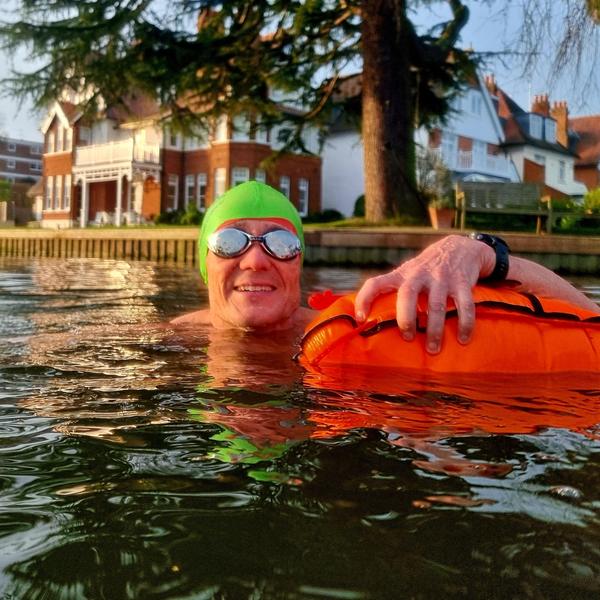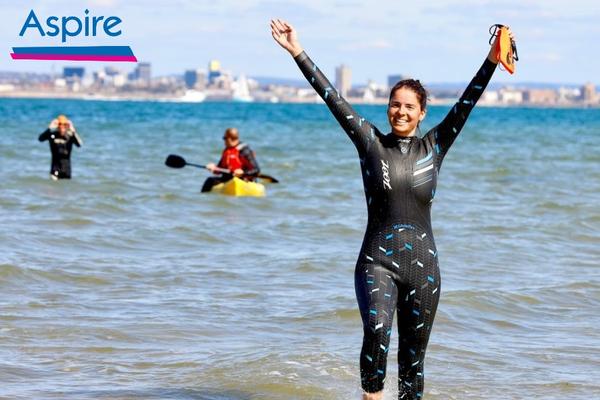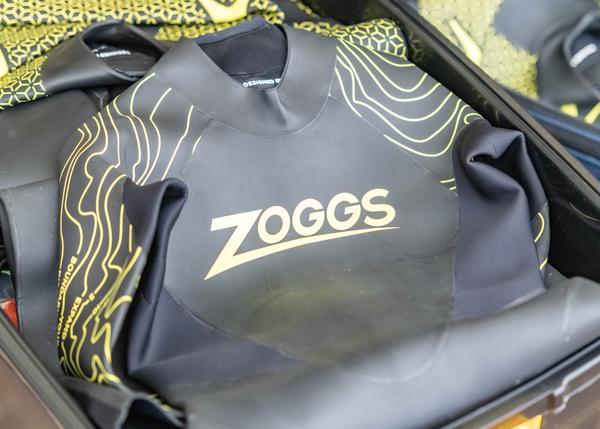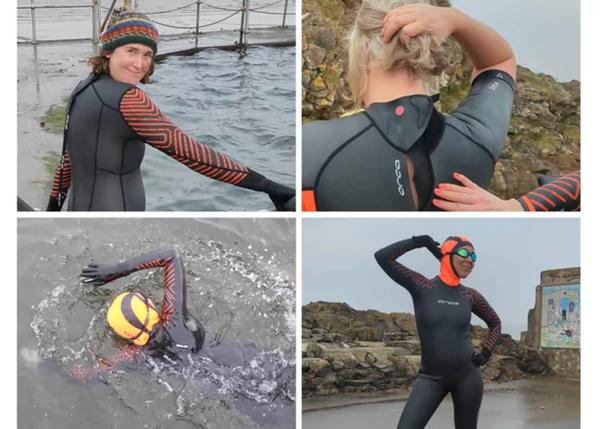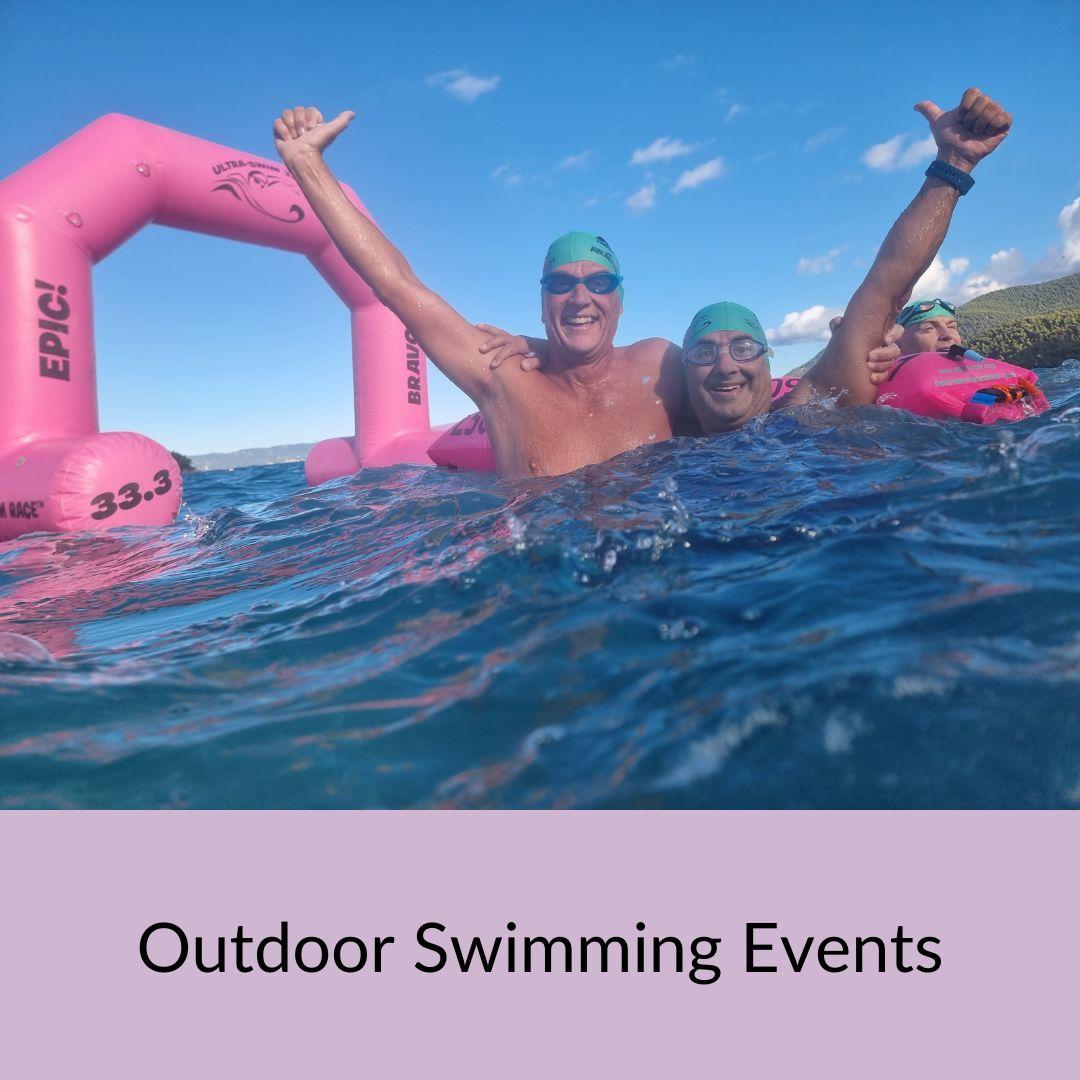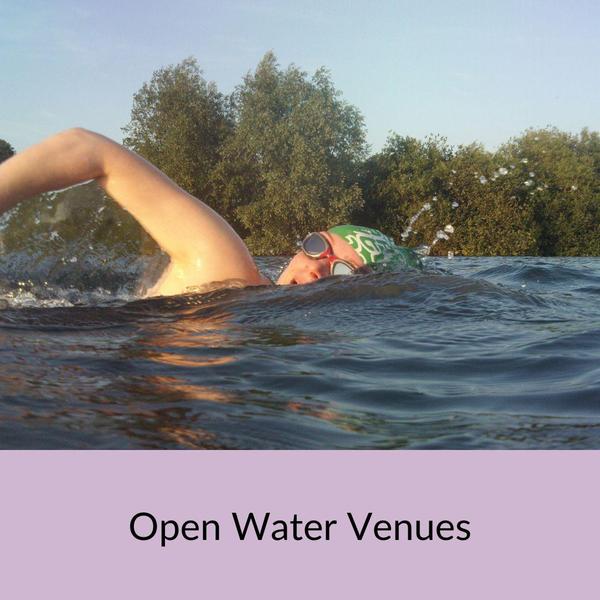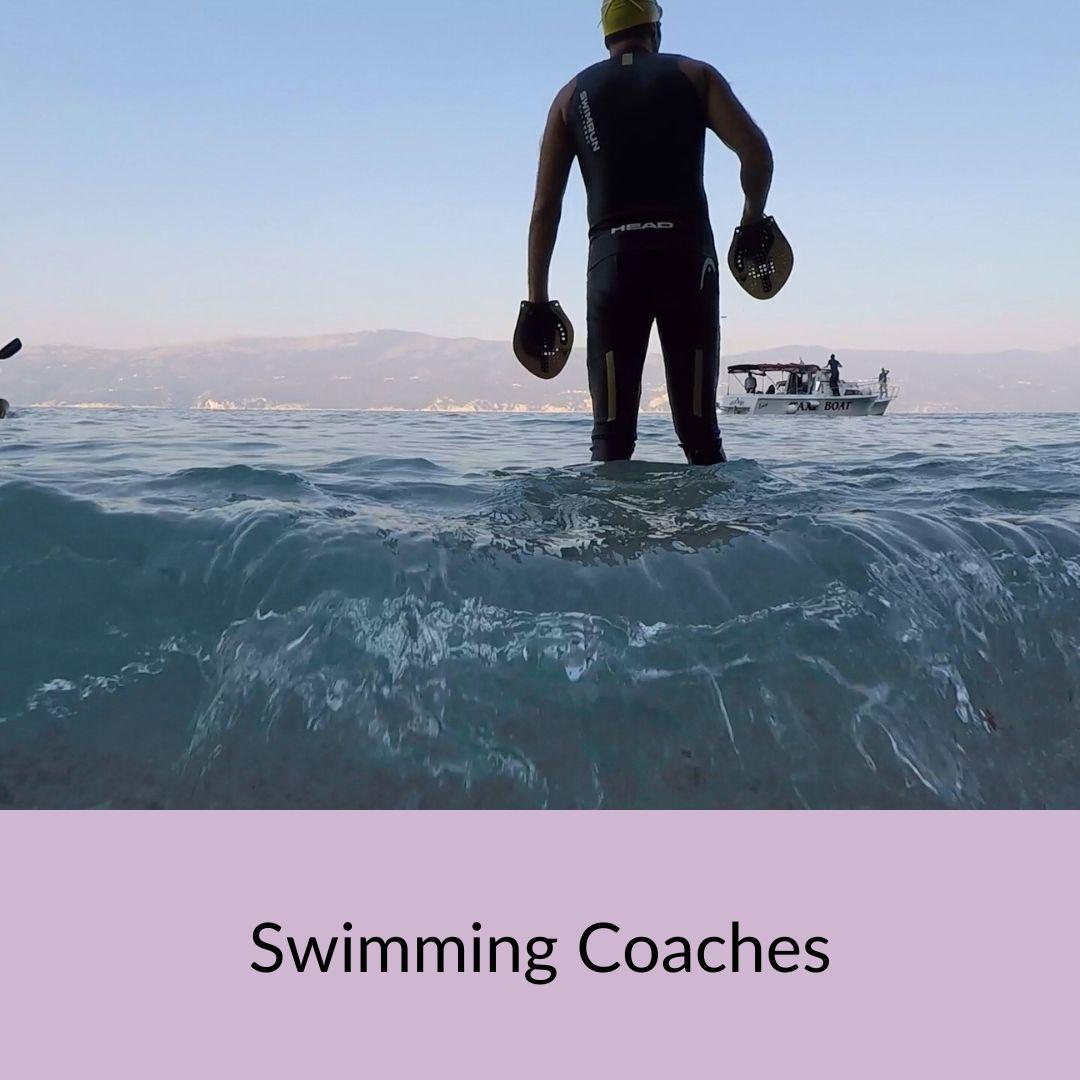Dear fellow swimmers
Does the Sewage Scandal have a silver lining?
Worries about pollution have nearly doubled since 2020. In our most recent Trends Survey, 23% of you said worries about
pollution often stopped you swimming outside as much as you would like to.
When we asked the same question in our 2020/21 survey, just 12.2% had the same concerns about water quality.
This almost doubling of
concerns reflects a growing tide of awareness about the extent of pollution in the UK rather than a collapse in water quality. Still, there is no doubt that our rivers, lakes and seas could be cleaner.
That said, the Sewage Scandal does have a thin silver lining. It has resulted in better information.
Think back to the time of the pandemic, when so many people took up outdoor swimming. Most of us probably knew that wastewater somehow made its way back into the environment. We also knew rain causes runoff that washes pollutants into our waterways. But we didn’t know when or how much or what it meant for the water we swim in.
We swam, but it was hard to have peace of mind.
How to use newly available data to swim with confidence
Since then, water companies have been forced to publish data on when and where they
discharge sewage. Second, a small army of citizen scientists has started collecting and sharing water quality findings. Third, a number of swimming groups have successfully campaigned for Bathing Water Status at their swim spots, which also gives us more data.
As a result, I’m more comfortable swimming in the Thames than I was five years ago – although
I’m also more selective when I swim.
I can see from the Water Testing River Thames website that the stretch of river where I swim returned ‘good’ results throughout much of last summer. I also know that the sample showing ‘poor’ water quality was taken after heavy rain. And from The Rivers Trust’s Sewage
Map, I can check if any of the sewage treatment works upstream of where I swim are discharging.
Using the data, I can make better decisions about when I swim. I’m confident that if I am sensible, my risk of getting ill from sewage pollution is low.
But it’s not zero. I therefore take other precautions such as trying not to swallow river water, rinsing myself in clean water as soon as I get out and washing my hands before touching food.
The fight for cleaner waters
continues. But by making use of data we can at least make informed decisions about when and where we swim and increase our safety. Outdoor swimming, even in the shadow of pollution concerns, remains a joyful way to connect with nature and ourselves.
Personally, I think the benefits still far outweigh the risks, especially when we use the data. I
encourage you to explore what data you can find about your regular swimming spots to swim smarter and with more peace of mind.


